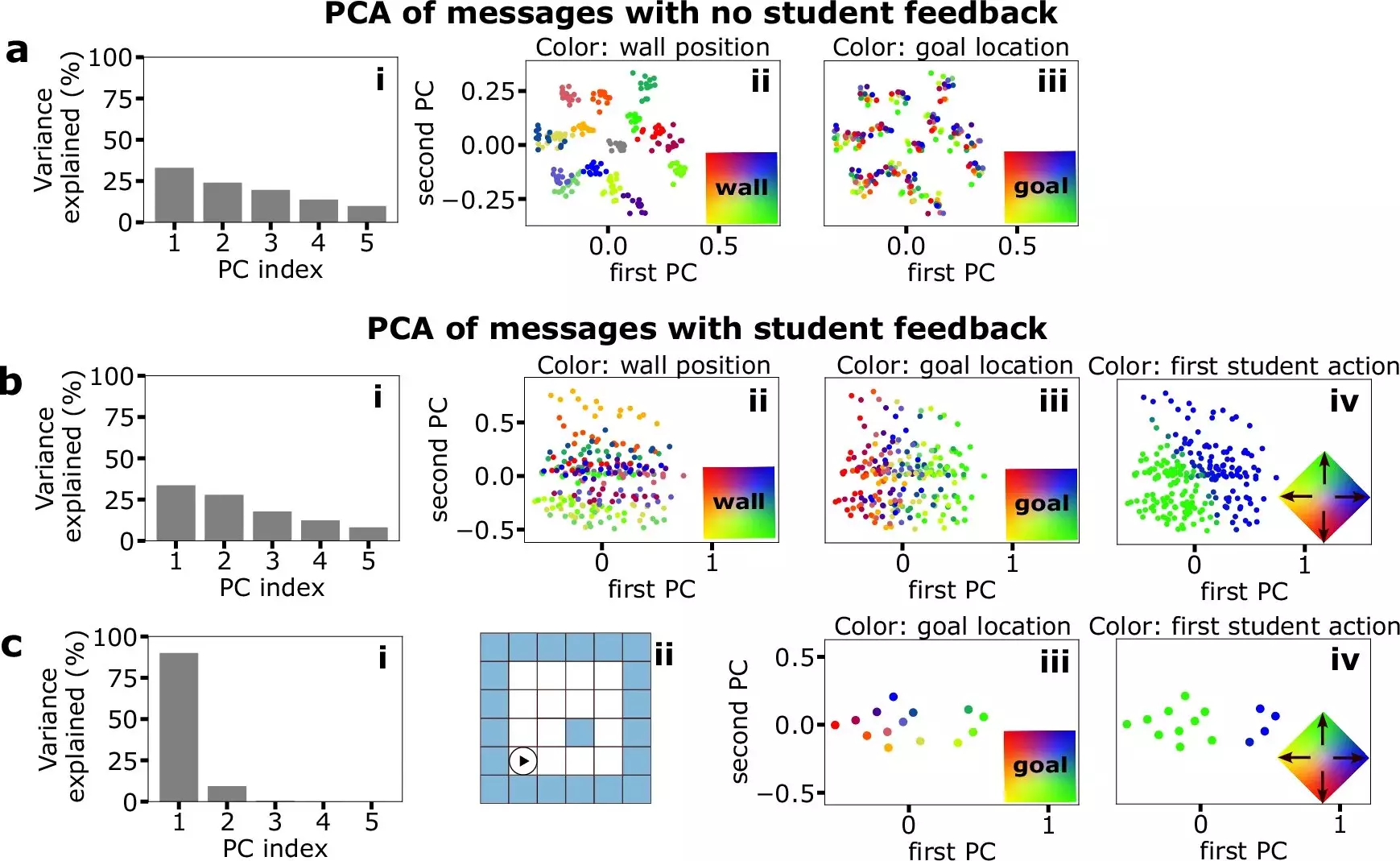Communication is a pivotal thread woven through the fabric of survival across all species. It serves as the primary conduit through which critical skills and knowledge are transmitted from parents to offspring. Researchers from the University Hospital Bonn and the University of Bonn have delved into this complex interplay, revealing that successful communication hinges on how both the communicator and the recipient interpret information. Their findings, published in the journal Nature Communications, underscore how these dynamics influence training outcomes and overall task performance.
At its core, the study emphasizes that various forms of communication—whether auditory, olfactory, or kinesthetic—are indispensable for growth and survival. The social dimension of such interactions significantly shapes cognitive abilities. As Professor Tatjana Tchumatchenko, a key figure in this research, eloquently puts it: “Teaching is learning for the second time.” This notion encapsulates the essence of social learning; our brains are structured not merely by personal experiences, but also by the shared information conveyed through communication.
To investigate these themes, the researchers ingeniously employed artificial neural networks as stand-ins for teachers and students. In this experimental architecture, a “teacher” network learned to navigate a maze and subsequently guided a “student” network through the same challenge by relaying messages. This innovative framework allowed scientists to scrutinize how language-like communication among artificial agents enhances both learning and performance.
The results were illuminating: both the teacher and student developed a rudimentary language tailored to the learning context. What is fascinating is the extent to which the language formed was influenced not just by the intricacies of the task, but also by the learner’s own performance metrics. Carlos Wert-Carvajal, a co-author of the study, drew parallels with language development in the animal kingdom, noting that our cognitive processes are not solitary. Instead, they forge shared abstractions that enhance understanding among individuals.
Efficiency and Communication: The Key to Effective Learning
The study draws attention to the efficiency of language, encapsulating complex experiences within concise expressions. “We don’t describe an apple as ‘sweet, crunchy, round, red or green fruit,’ but simply use the term ‘apple.’ This simplification exists because language has evolved to represent common experiences that elicit positive responses,” Wert-Carvajal explains. This kind of efficiency is paramount for any language; it should reflect the world coherently and concisely.
As the researchers experimented with the feedback from the trainees, they discovered an intriguing phenomenon: the teacher adjusted its communication style to impart more effective guidance. This adaptability signifies that successful communication is inherently collaborative. Both parties—the sender and the receiver—must engage in a dynamic exchange to ensure clarity and utility in the information shared.
Tobias Wieczorek, one of the principal authors of the study, emphasizes that the iterative feedback process enhances the informativity of communication. This iterative approach not only boosts performance but also fosters an environment where both parties evolve together cognitively.
One of the most striking outcomes of the study was the phenomenon known as “closing the loop.” By enabling the languages developed by the learners to feed back into their own communication, the researchers demonstrated that these artificial agents were capable of teaching one another—even without formal instruction skills. Dr. Maximilian Eggl remarked on this surprising finding, noting that despite their lack of explicit teaching mechanisms, these agents were proficient in conveying vital information within the developed language framework.
This discovery spotlights the profound significance of language-like communication as a shared cognitive experience. It highlights the mechanisms by which learning and generalization occur, suggesting that language development is not merely an attribute of advanced beings, but can also emerge within simpler systems.
The implications of this research are vast and multifaceted. The insights gleaned can inform not only our understanding of biological communication systems but also the design of artificial intelligence frameworks. By optimizing learning mechanisms and task performance across different contexts, these findings hold promise for improved methodologies in educational and technological domains.
As we continue to explore the intricacies of communication, the evidence presented by the Bonn researchers enhances our comprehension of both natural and artificial systems. Language serves as a fundamental instrument for not only conveying information but also fostering learning and collaboration across diverse contexts. This evolving understanding positions us to harness the power of communication to unlock new frontiers in both human and machine learning.

